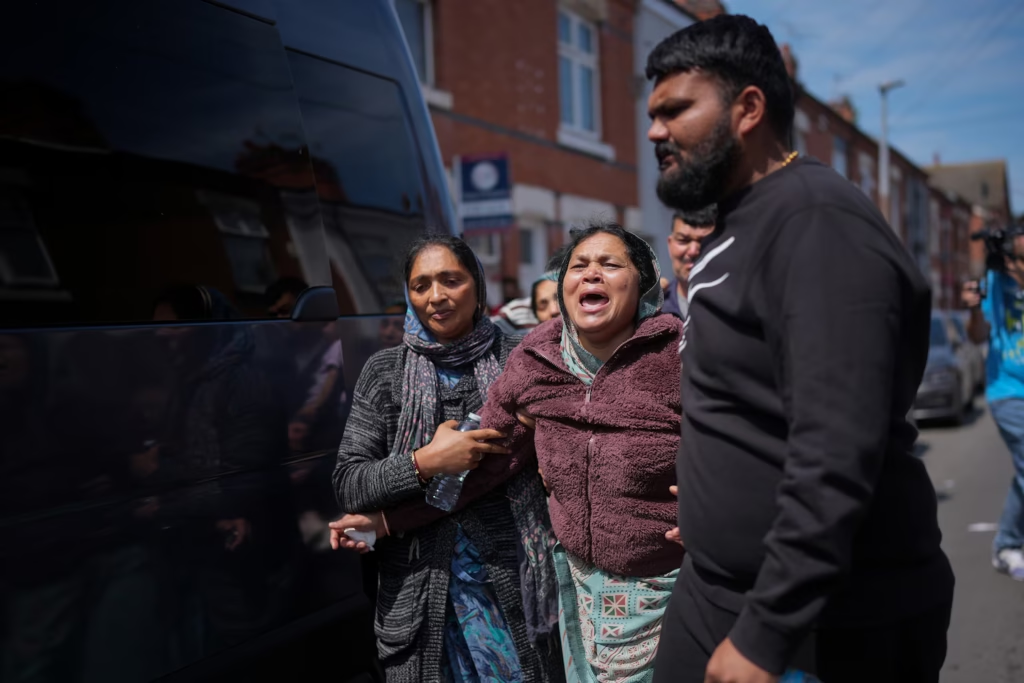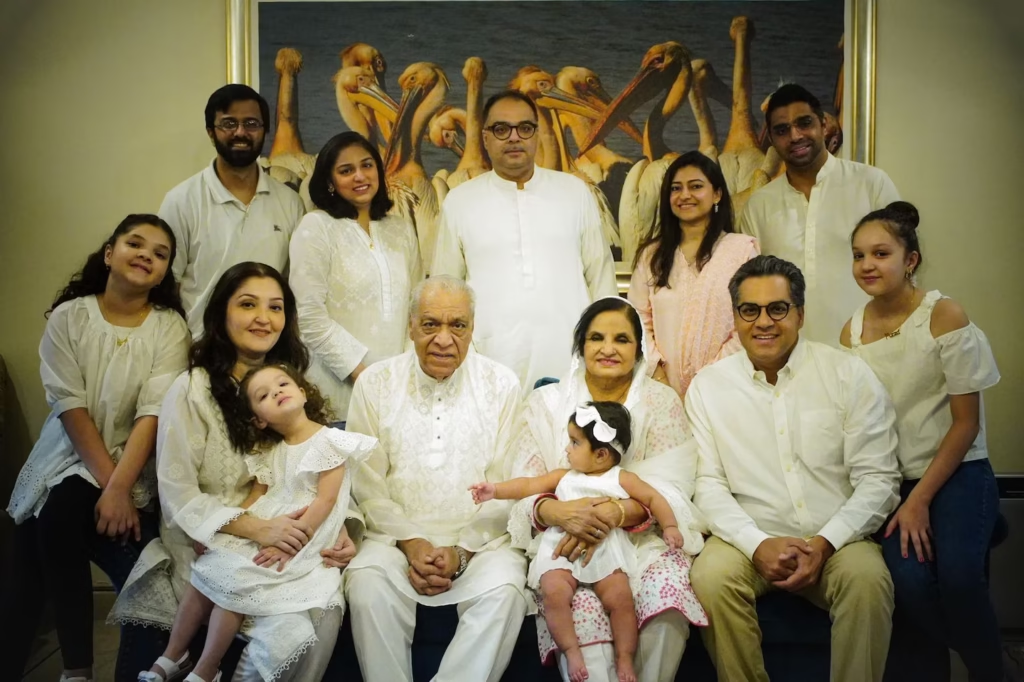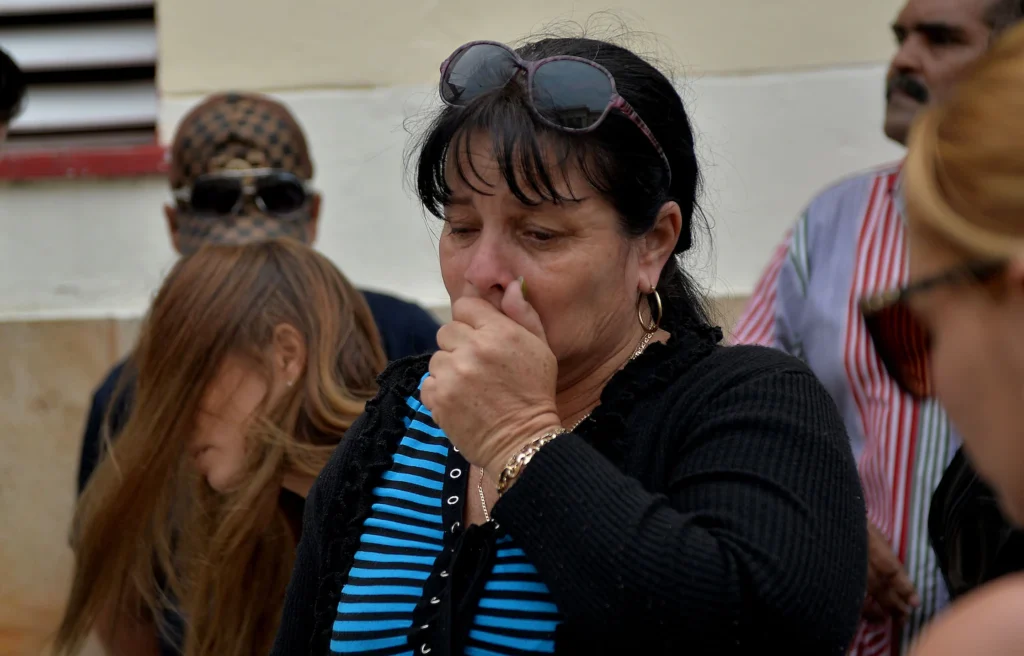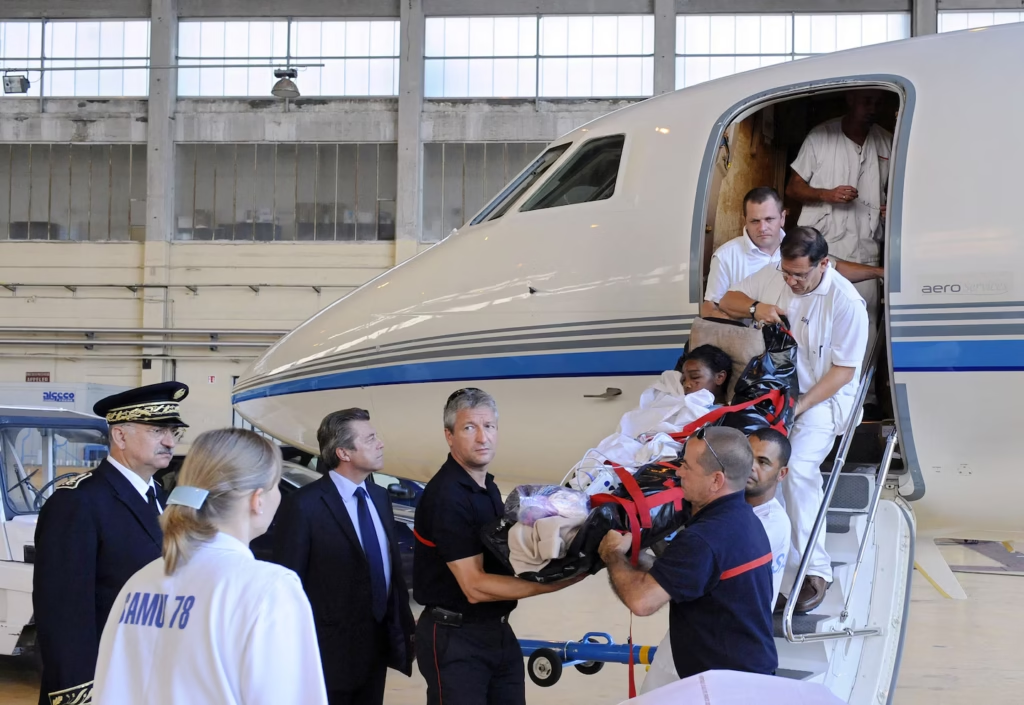In a video circulated on social media, the sole survivor of Air India Flight 171 appears to limp away from the crash site, passing emergency workers and onlookers. “The plane exploded,” he repeats, gesturing backward.

Two hundred forty-one people aboard the plane and dozens on the ground in Ahmedabad, India, didn’t survive the crash shortly after takeoff Thursday. But British national Viswashkumar Ramesh, 40, walked away with relatively few physical injuries.
In that moment, he joined a short list of survivors whose stories have captured attention after aviation disasters: seemingly miraculous instances of people who survived when nearly everyone else aboard died, through unlikely twists of fate.
Ramesh told reporters that he managed to leave through the emergency exit next to his seat, 11A, during a brief moment of possibility. But “I don’t know how I survived,” he told reporters.
Here are some stories of similarly improbable survival.
Zafar Masud, Pakistan International Airlines, 2020

Zafar Masud, then 50, was flying from Lahore to Karachi on Pakistan International Airlines Flight 8303 to spend the holiday of Eid al-Fitr with his parents in May 2020. After a balked landing, as the plane was again about to touch down, it “began to shake,” he told The Washington Post in a conversation after this week’s Air India crash.
Almost the next thing he remembers is six or seven rescuers pulling him from the wreckage in Karachi’s Model Colony, roughly a mile from the airport, as pieces of the plane continued to fall around them.
But before his rescue, Masud remembers a sense that he was standing in a court being asked to judge his own life and decide if the good he had done overshadowed his mistakes.
Masud was one of two people who survived the crash, which killed 97 others aboard the Airbus A320. Most bodies were burned so badly that they had to be identified by their DNA.
The plane exploded upon impact. Masud believes he must have fallen out before the fire of the explosion reached him. “Otherwise, how is it possible that I am partially but not completely burned,” he said. He was found unconscious, strapped to his plane seat, on the hood of a car, according to Dawn, a Pakistani newspaper.
Masud has pondered a similarity in where three crash survivors were seated: himself; Muhammad Zubair, the other survivor on his flight; and Ramesh.
“Maybe it’s because we were all relatively close to an exit,” he said. “But I don’t really know if there’s anything connecting these events.”
Given that each crash is different, the notion that a passenger’s seat number on the plane determines their chances of surviving a crash is an urban myth, experts say. “When there’s a single survivor like this, there is nothing you can do to be that person,” Graham Braithwaite, director of aerospace and aviation at Britain’s Cranfield University, told The Post.
After physically recovering from the crash, Masud was beset by a paralyzing pressure to make a positive impact on the world. His therapist has helped him navigate some of that, he said.
“The real helpers were my family, friends and colleagues,” Masud said. “They pulled me out of the mental wreckage I was in after the crash.”
Because Masud, president of one of Pakistan’s largest banks, has no memories of the “crunch time of the crash,” he said he has not developed a fear of flying. He still travels by air domestically in Pakistan and feels “safe and comfortable” on long-haul flights.
Mailén Díaz Almaguer, Cubana de Aviación, 2018

At first, Mailén Díaz Almaguer did not remember the May 2018 crash near Havana’s José Martí International Airport that killed all 112 others aboard.
After the crash, she experienced “fragmented memory,” which at times made her think she had been in a car accident and not a plane crash, said Esteban Reyes, a primary physician at one of Havana’s largest hospitals, the Miami Herald reported.
For a while, she couldn’t speak because of medical complications. Her spine was injured, and she had to have her left leg amputated below the knee.
Díaz Almaguer was flying domestically from Havana to her hometown of Holguín when the plane crashed shortly after takeoff. The Boeing 737-200 and crew were chartered from a Mexican company by Cuba’s national airline, Cubana de Aviación, because of a lack of Cuban-owned aircraft, the Associated Press reported.
Three people were thought to have survived the crash, but Gretell Landrove Font, 23, and Emiley Sánchez De la O, 40, died in the hospital from crash-related injuries, the Miami Herald reported.
Since the crash, Díaz Almaguer has been sharing her physical and mental progress on social media. She is still relearning how to stand and has become a symbol of hope and perseverance for Cubans, according to CiberCuba.
“The idea is to enjoy life with all its nuances,” she posted on Instagram in May 2024, describing how the sun looked heart-shaped to her because she was willing to see love everywhere. “Today I enjoy it.”
Díaz Almaguer did not respond to an interview request.
Bahia Bakari, Yemenia Airways, 2009

Bahia Bakari, a French citizen, was 12 when she clung to airplane debris to stay afloat in the Indian Ocean for more than 10 hours after a Yemenia Airways flight crashed off the Comoros islands, a former French colony, killing 152 others on board, including her mother.
Her father, Kassim Bakari, said she was ejected from the Airbus A310 jet into the ocean without life-threatening injuries, Agence France-Presse reported at the time.
Bakari, who was traveling with her mother to attend her grandfather’s wedding, told her survival story to a French court in May 2022, the Guardian reported.
She remembered “the taste of jet fuel” in her mouth, she told the court. Those in attendance included 100 family members and friends of the victims.

Bakari and her mother left Paris on June 29, 2009. After a layover in Sanaa, Yemen’s capital, they began the final leg of their journey to Moroni, the capital city of the Comoros, a group of volcanic islands between Madagascar and the African mainland.
During the descent, Bakari “felt something like an electric shock go through my body,” she told the court. She doesn’t remember how she went from being seated in the plane to being in the water.
The Yemeni airline’s representative did not attend the trial, citing the country’s civil war. In September 2022, the airline was charged with involuntary homicide and ordered to pay $225,045, Reuters reported.
Bakari remembered trying and failing to climb on the largest piece of debris she could reach, and hearing voices calling for help, but she couldn’t see anything except water around her, the Guardian reported. She remembered falling asleep while afloat in the water, holding onto a piece of debris.
Until she was taken to Moroni and a psychologist told her that she was the only survivor, Bakari had believed she was the only passenger to have fallen out of the plane, the Guardian reported.”
Source: The Washington Post